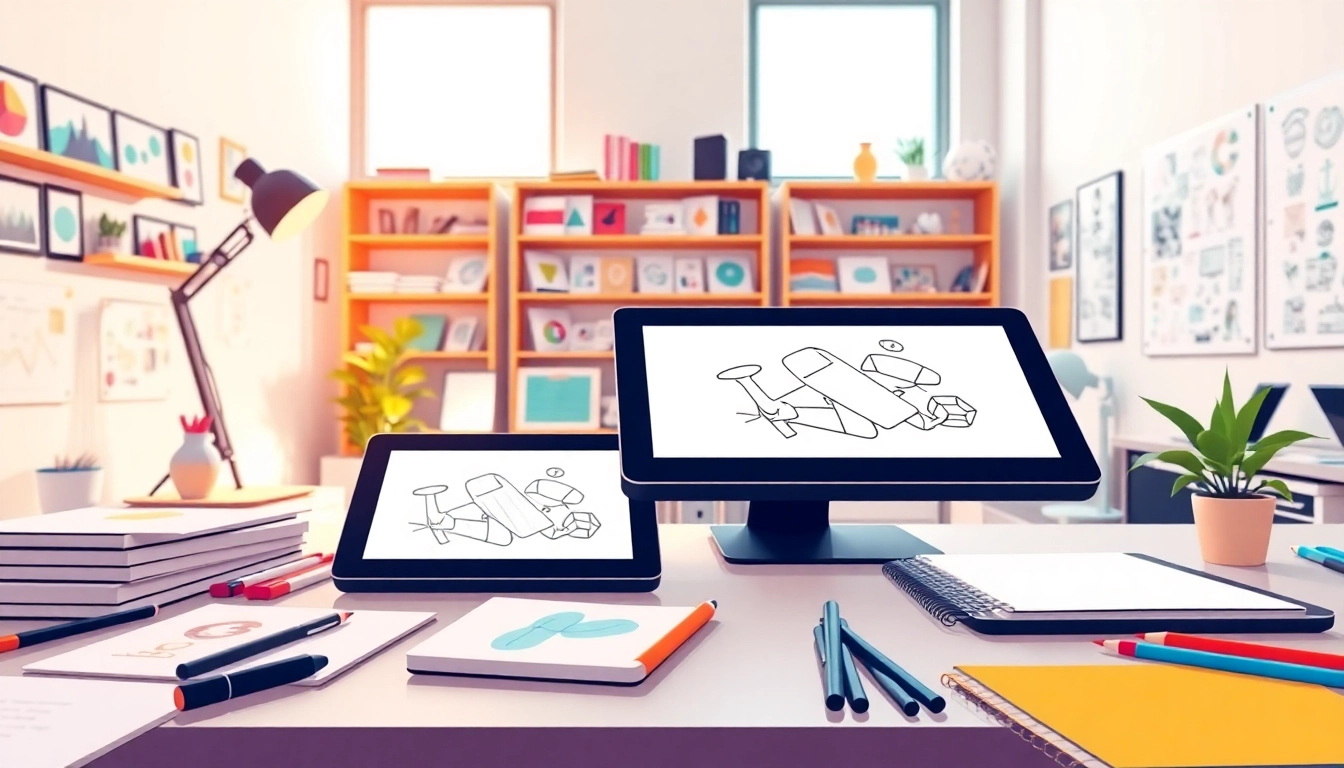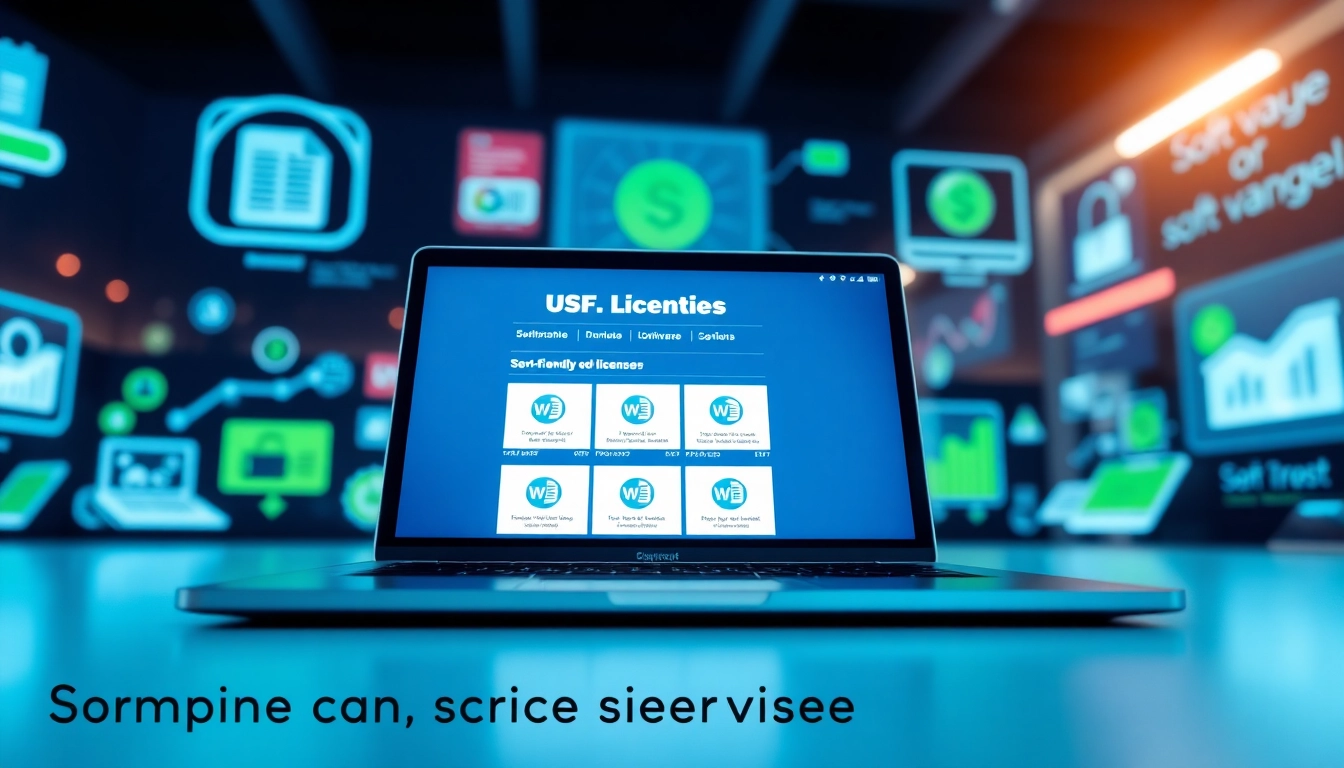The Importance of Icons in Modern Design
In the ever-evolving landscape of digital design, icons have emerged as critical elements of visual communication. They provide immediate recognition, convey messages quickly, and enhance user experience across various platforms. The ability to encapsulate complex concepts into simple, recognizable symbols makes icons invaluable in applications, websites, and printed materials. As we delve deeper into the significance of icons, we will explore their roles, types, common pitfalls, and best practices.
Understanding the Role of Icons
Icons serve multiple purposes in design. They are not just pretty pictures; they function as visual shortcuts to information, allowing users to navigate interfaces effortlessly. The psychology behind icon usage indicates that humans are naturally inclined to understand pictorial representations better than text. Through consistent and coherent use of icons, designers can create intuitive interfaces that guide users through their digital experiences.
- Communication: Icons bridge language barriers, making content universally understandable. This is especially pertinent in globally-targeted applications.
- Branding: Customized icons can serve as a representation of brand identity, reflecting a company’s values and aesthetics.
- Navigational Aid: Icons enhance usability by simplifying navigation, particularly in complex interfaces.
Types of Icons You Should Know
The world of icons is diverse, and understanding the different types can aid in selecting the most suitable ones for your project. Here are some common categories:
- Functional Icons: These indicate actions like ‘save’, ‘delete’, or ‘share’, playing a crucial role in enhancing user navigation.
- Decorative Icons: Used primarily for aesthetic purposes, these do not communicate functionality but rather enhance the graphic aspect of the design.
- Brand Icons: Often related to company logos, these reinforce brand identity and are important for recognition.
- Social Media Icons: Specific icons represent various social media platforms, facilitating easy sharing.
Common Mistakes in Icon Usage
While icons can significantly improve user experience, there are common mistakes designers often make:
- Overcomplicating Icons: Icons should be simple and recognizable. Overly complex icons can confuse users.
- Inconsistent Style: Mixing different styles can disrupt the visual harmony of the design and dilute brand message.
- Lack of Accessibility: Not considering color contrast or size can render icons unusable for individuals with disabilities.
How to Choose the Right Icons for Your Projects
Choosing the right icons is a critical step in the design process. Several factors should guide your decision-making:
Criteria for Icon Selection
When selecting icons, consider the following criteria:
- Relevance: Ensure the icon aligns with the function it represents; for instance, a trash can for deletion.
- Clarity: Users should immediately understand the icon’s meaning without confusion.
- Consistency: Maintain a cohesive style, color scheme, and size across all icons in a project.
Resources for Finding High-Quality Icons
There are numerous platforms where designers can find high-quality icons. Here are some notable resources:
- Flaticon: An extensive library offering millions of icons in various formats.
- Icons8: Provides a diverse range of free and premium icons, including animated options.
- Noun Project: Features an extensive database of creative commons icons.
Balancing Aesthetics with Functionality
While aesthetics are essential in icon design, functionality should never be sacrificed. Icons should seamlessly integrate into the overall design, enhancing the appearance without compromising usability. A successful icon strikes a balance where it is both visually appealing and intuitively informative.
Designing Custom Icons: Best Practices
Creating custom icons allows for more significant brand expression and uniqueness. However, it requires careful consideration and application of design principles:
Tools for Icon Design
Several tools are available for designers to create custom icons:
- Adobe Illustrator: A premium vector graphic editor widely used for icon design.
- Sketch: Popular among UI/UX designers for its vector design capabilities.
- Figma: A collaborative interface design tool that also allows icon creation.
Key Design Principles to Follow
When designing icons, adhere to these principles:
- Minimalism: Simple designs are memorable and effective.
- Scalability: Icons should be designed in a way that they maintain clarity at various sizes.
- Color Psychology: Use colors strategically to convey messages and emotions associated with the icons.
Testing and Iterating on Icon Designs
After creating icons, it’s vital to conduct usability testing to gather feedback. Observing real users interacting with the icons can reveal insights into their effectiveness and areas for improvement. Iterative design allows for refinement based on user feedback, optimizing functionality and aesthetics.
Integrating Icons into Digital Experiences
Icons should be seamlessly integrated into digital experiences to maximize their impact. They can enhance interfaces and improve the overall user journey.
Enhancing User Interfaces with Icons
Incorporating icons into user interfaces can simplify navigation, highlight actions, and guide users through content. Placing icons strategically can lead to a more intuitive and engaging user experience.
The Impact of Icons on User Experience
Effective use of icons has a profound impact on user experience. Icons can:
- Reduce Cognitive Load: By conveying information visually, icons can lessen the burden on users trying to comprehend text-heavy interfaces.
- Speed Up Task Completion: Users can accomplish tasks faster when icons are easily recognizable and associated with their functions.
- Increase Engagement: Visually appealing icons encourage users to interact more with the content.
Examples of Effective Icon Integration
Many leading applications successfully integrate icons. For instance, the Airbnb app uses icons to direct users to essential features like booking and messages with clarity and style. Similarly, Slack utilizes icons to differentiate between channels, direct messages, and more, allowing for swift navigation through a complex interface.
Future Trends in Iconography
The landscape of icon design is continually evolving. Staying informed about emerging trends can provide insights into creating modern, effective icons.
Emerging Styles in Icon Design
As technology and design philosophies change, so do the aesthetics of icons. Trends such as flat design, line icons, and animated icons are gaining popularity. These styles prioritize clarity, simplicity, and dynamic interaction, making them relevant for contemporary applications.
Influence of Technology on Icon Usage
Advancements in technology impact how icons are used, shaped, and understood. The rise of mobile applications, voice user interfaces, and augmented reality necessitates adaptive iconography tailored to various devices and contexts. Responsive design approaches allow icons to translate well across devices, maintaining their effectiveness in user interaction.
Adapting Icons for Accessibility
Accessibility is becoming increasingly important in design. Ensuring that icons are distinguishable for individuals with visual impairments, including considerations for color contrast and descriptive labels, enhances inclusivity. Designers should prioritize creating icons that are not only visually striking but also accessible to everyone.



